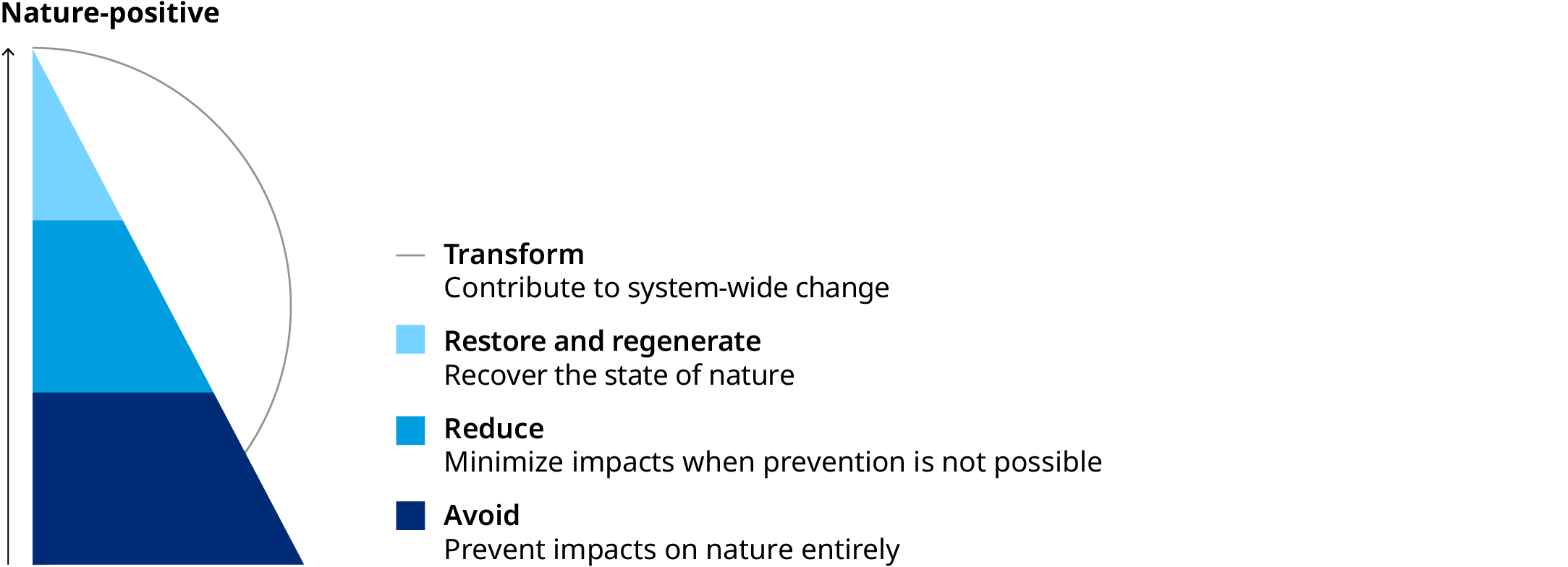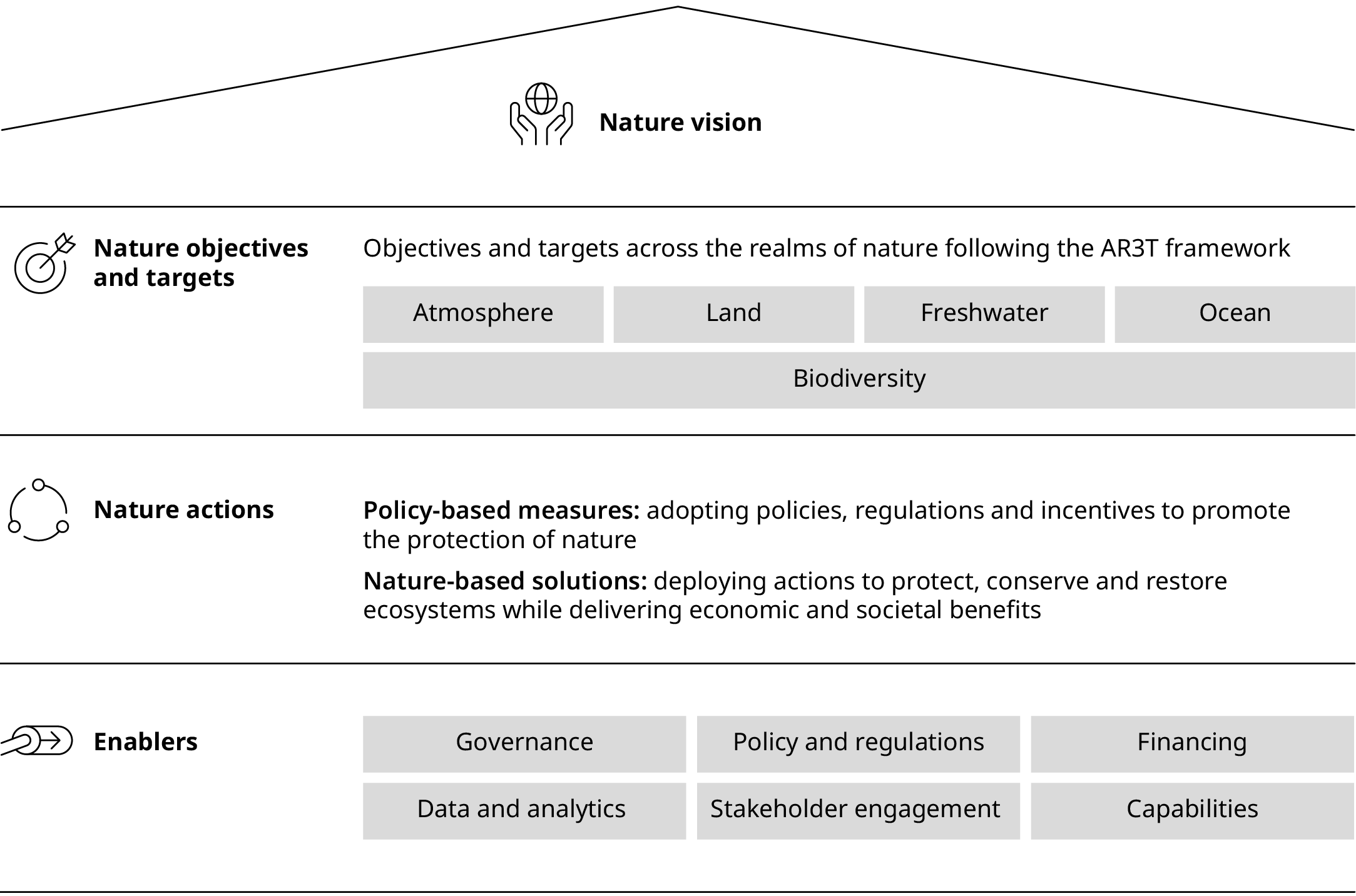In many ways, cities and nature would seem to be disparate topics. But cities can play a pivotal role in the global fight against climate change at the intersection of the two.
More than 50% of the global gross domestic product depends on nature — whether it’s freshwater for agriculture and food production, minerals used to produce chemicals, or the natural resources that provide energy, building materials, and the basis for many industrial products. Thus, nature is at the heart of what makes most cities function and thrive.
Only recently have policymakers recognized the importance of nature and the reality that the planet will not reach net zero without more aggressive efforts to protect the Earth’s forests, oceans, waterways and biodiversity. In December 2022, 196 countries agreed to halt and reverse biodiversity loss by signing the Global Biodiversity Framework (GBF), an agreement setting global goals for sustainable biodiversity use by 2030, safeguarding it in the years that follow.
Coordinated city action for nature is not only vital to achieving the goals set by the GBF, but also strategically necessary given the climate, health, and infrastructure challenges arising from current imbalances in the economy’s relationship with nature.
Our report, "Nature Positive: Guidelines For The Transition in Cities", written in collaboration with the World Economic Forum, provides a framework and defined steps to enable cities to pursue a nature-positive transition and expedite restorative actions to reap the rewards of a sustainable and resilient urban environment.
Why cities should act on nature
A core step in the nature-positive transition is to assess cities’ dependencies and impacts on nature, as well as their nature-related risks and opportunities. Cities should prioritize the creation and implementation of a plan to proactively address threats to nature to achieve their core mandate to improve their citizens’ welfare, maintain financial stability and ensure sustainable economic growth.

How cities can become more nature-positive
Several prominent organizations have been discussing, researching, and promoting the concept of nature positivity for a number of years. In essence, the concept has been developed with the idea of encouraging society to move past simply minimizing harm to nature to ensure its continued recovery by 2030 and beyond.
The nature-positive concept as an aspiration is not precise enough, however. A more concrete determination is needed of the level of ambition and the baseline from which this ambition should be measured in support of the GBF’s mandate to halt and reverse biodiversity loss by 2030 and ensure that by 2050 biodiversity is valued, preserved, restored and used wisely, in turn maintaining ecosystems services, sustaining a healthy planet and delivering benefits essential for all.
Local action is of paramount importance when seeking to safeguard nature and ensure its sustainable recovery in the long term to the benefit of society and the economy.

The urban journey towards nature-positive action
While attention is increasingly being paid to the need to undertake climate and nature action, and cities are starting to recognize the role biodiversity loss plays in their own resilience and sustainability, the breadth and ambition of cities’ commitments vary widely.
A fundamental next step in a city’s nature-positive transition journey is to translate commitments into tangible action through the development of a city nature strategy. A city’s nature stewardship mission should directly cascade down from the country’s broader nature strategy as well as individual sectors’ strategies. Additionally, the nature strategy should complement the climate strategy, considering the synergies between both issues and the potential for mutually reinforcing actions to address them.

Some cities have already risen to the challenge by embracing the steps required to continue on this journey. In doing so, these cities provide clear examples of the successful application of nature-positive action.
However, it must be acknowledged that cities cannot embark on this transformative journey alone. To achieve this vision requires the private sector, civil society, and international financial institutions to serve as catalysts, providing innovative solutions, expertise and funding.


